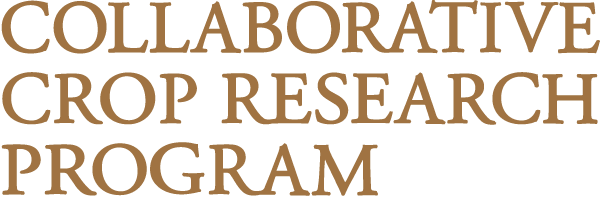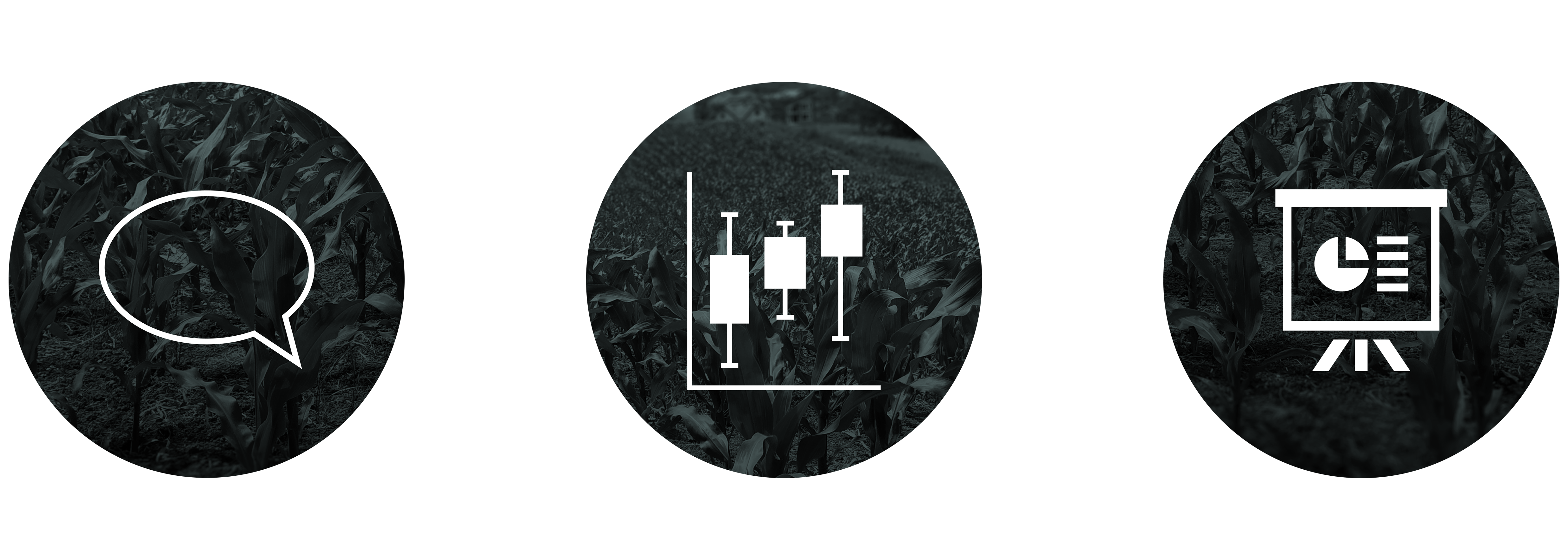Presenting Research Results
2021-05-10


May 2021
©2021 Statistics for Sustainable Development Creative Commons Attribution-ShareAlike 4.0 International
Suggested citation: Barahona, C. et al (2021). Presenting Research Results. Statistics for Sustainable Development, Reading, UK. Available at: https://stats4sd.org/resources/554 (Accessed: [date]).
1.1 Introduction
The process of research is a time consuming one, taking hours, days, months and indeed years of careful consideration and study into understanding your objectives better. However perhaps the most important stage of the whole process is the final one - sharing your results with the rest of the world. Without doing this process well, the key things that you have learned along the way will be trapped solely inside your own brain, and may never be translated into real-world impacts.
This guide provides a series of chapters, originally created for a workshop of students funded by the McKnight Collaborative Crop Research Programme (CCRP), providing some guidance, suggestions, ideas and examples of how research results can be presented to maximise their potential impact. This covers chapters concerning how to adapt to visually present quantitative results, tailor towards different audience types, adapt to different modes of presentation and for key components of different research designs and data types. The primary focus of these resources is on results from agricultural research, given the nature of the students involved in the original workshop, but we think these guides will serve as a useful resource regardless of your own scientific discipline.
1.2 Contents
Presenting results as story telling How to form a compelling narrative around your results
Presenting results as tables and graphs 1 Overview of general issues to consider for visual presentation of results
Presenting results as tables and graphs 2 factorial expts How to deal with multiple factors, and interactions
Presenting results as tables and graphs 3 Precision Capturing precision and variability in presentations to complement the key trends
Presenting in papers Guidance for reporting for journals and papers
Presenting on posters Presenting results for posters
Adapting to audiences Modifying your presentation for different audiences
Presenting as show and tell Coming soon
Reviewing, critiquing and improving presentation Coming soon
